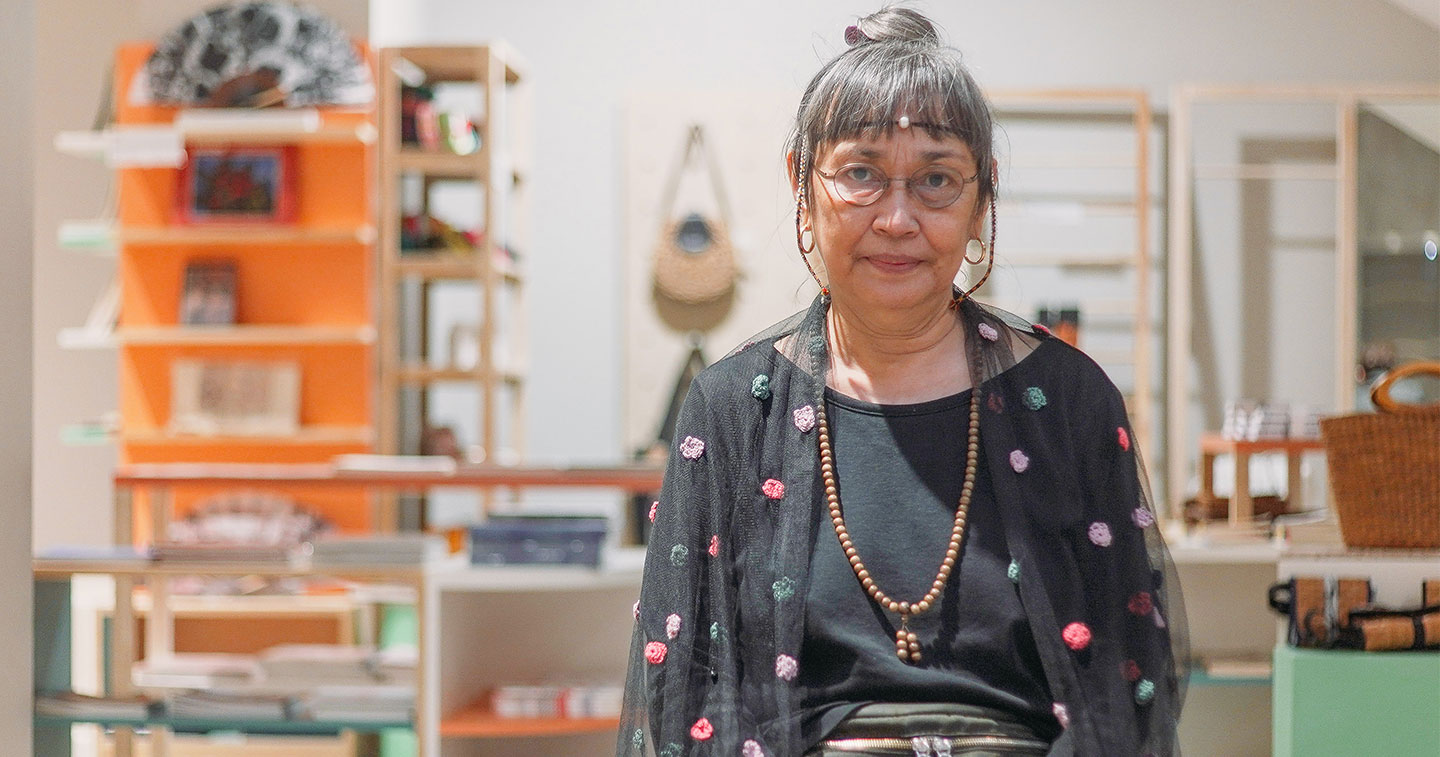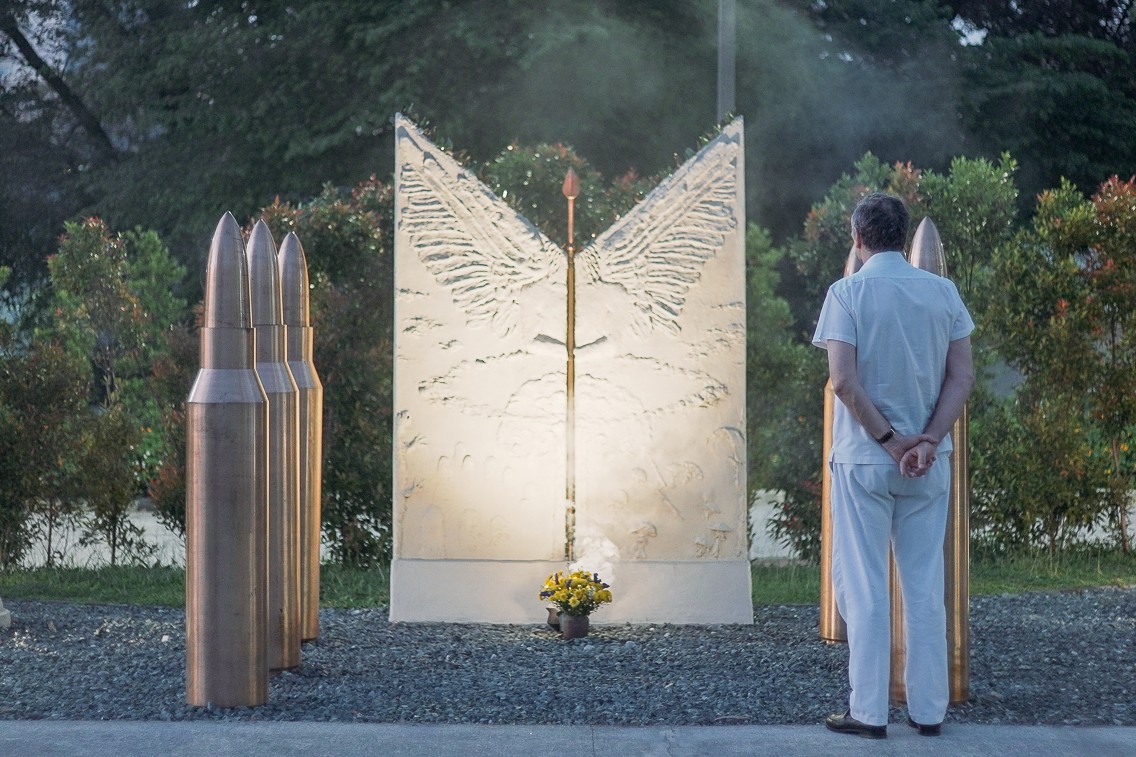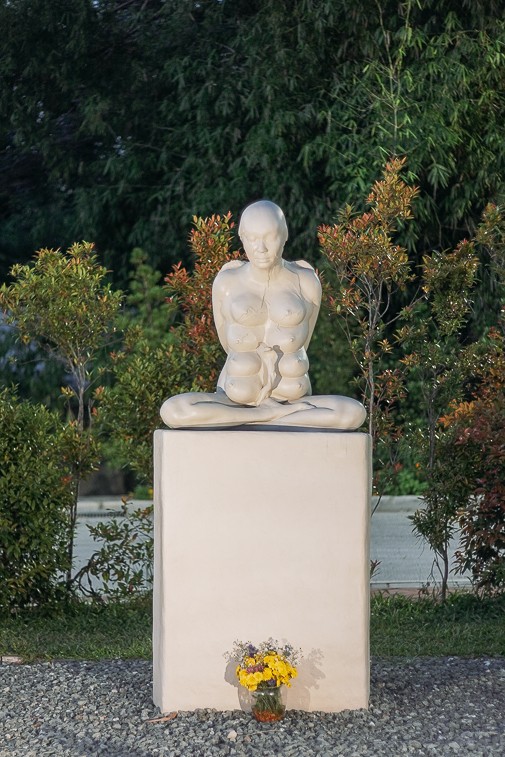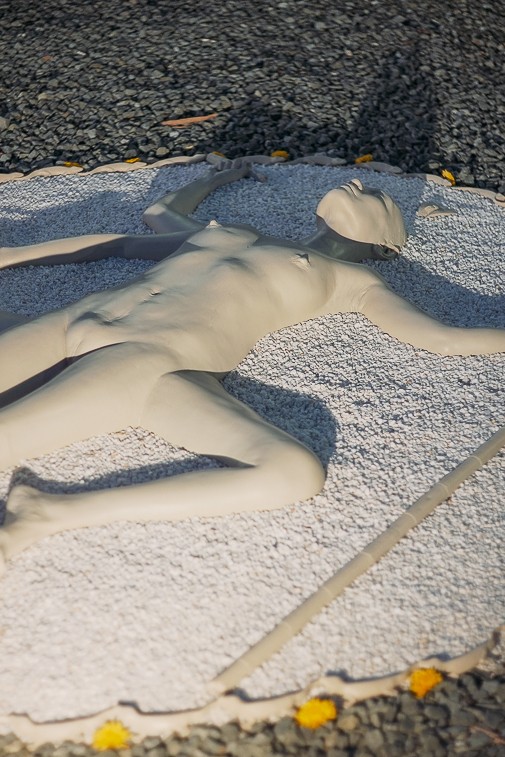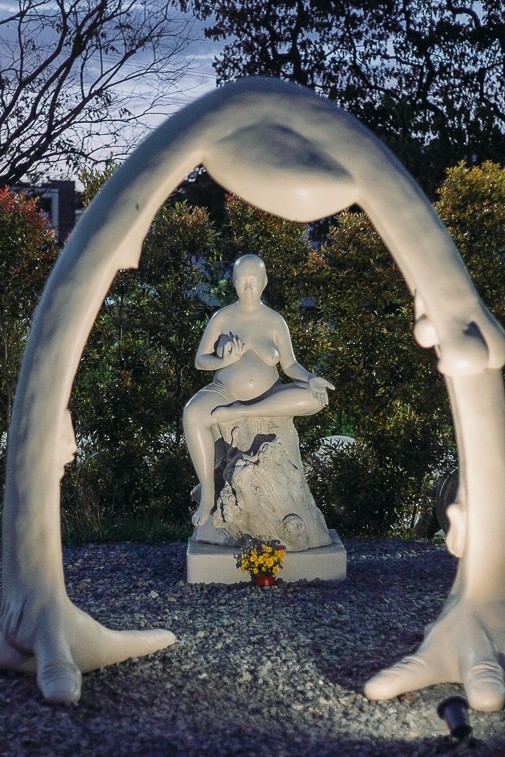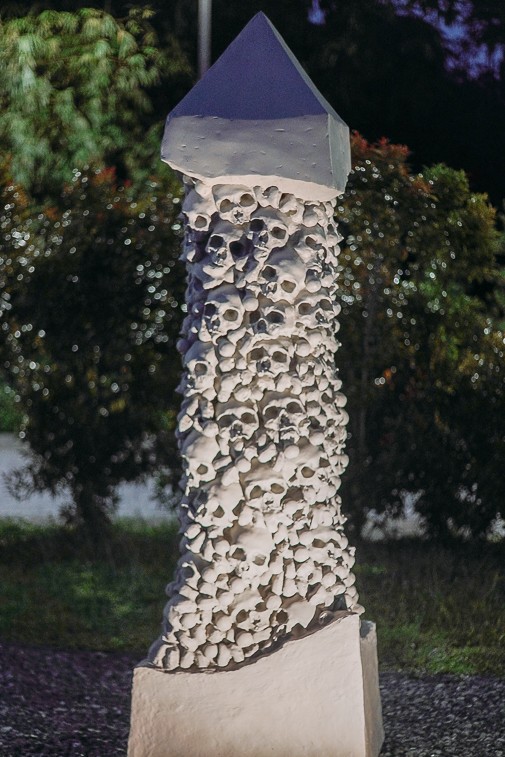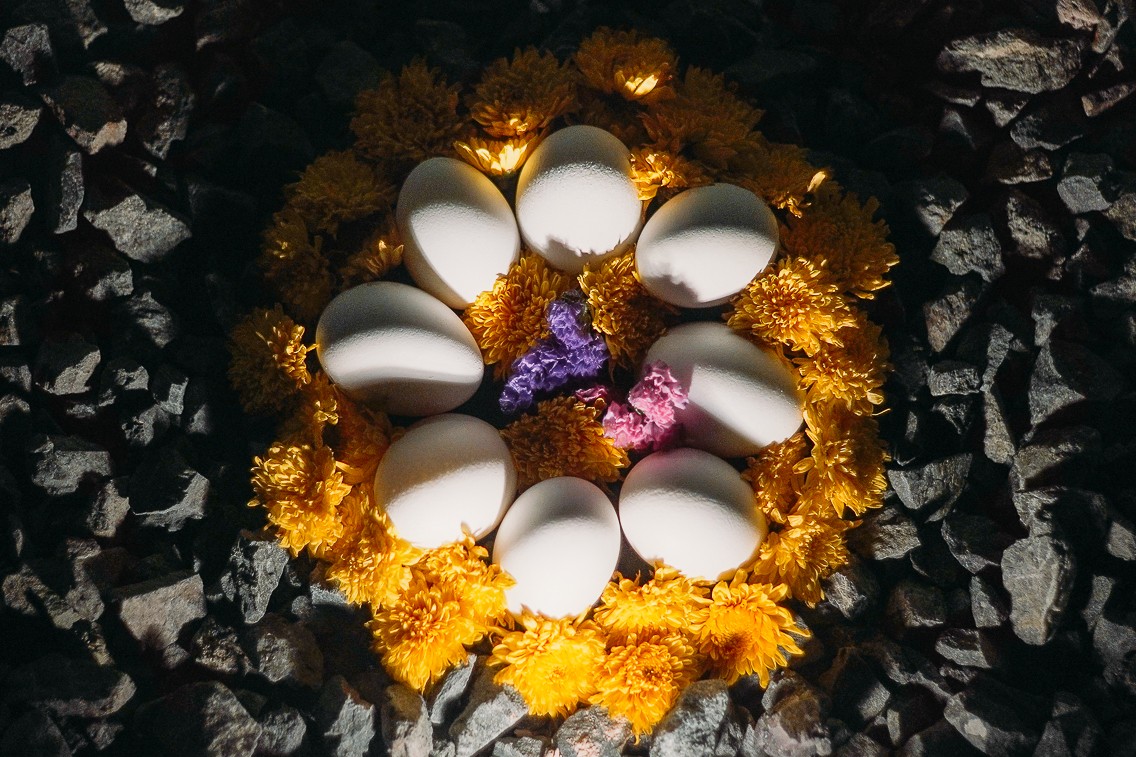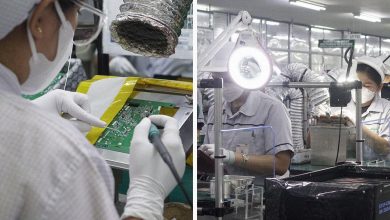Spanning over 36 years of practice, Filipino sculptor Agnes Arellano brings together her “inscapes”, selected sculptural works that explore themes of motherhood, sexuality, and the paradoxes of life and death, male and female, and yin and yang.

Filipino contemporary artist Agnes Arellano is known for her thought-provoking sculptural installations; surrealist and expressionist works in plaster, bronze, and cold-cast marble inspired by her life experiences and reflections on themes ranging from the Sacred Feminine and Eros, comparative mythology, archaeology, psychology, shamanism, and other spiritual systems. The artist, who studied Sculpture in the University of the Philippines’ College of Fine Arts after completing a degree in Psychology, create works that integrate individual elements to create one totality or “inscape”.
Inscapes, according to the 73-year-old sculptor, was taken from poetic parlance, to refer to the underlying design of an object which gives it coherence. By fragmenting, overlapping and joining words, an internal unity — the essence — is revealed. A parallel in the visual arts is the surrealist approach, which juxtaposes disparate elements to create a third meaning.
The late art critic Alice Guillermo, who had authored the book showcasing Arellano’s works in 2008, defined Inscapes as “an interior configuration of the mind, a complex of intellectual and affective elements, as distinguished from landscape, which is an exterior view perceived by the senses.”
For the first time ever, these works spanning over 36 years can be viewed and experienced all together in the same space. One can take a walk through the zen-garden scenery of the Areté outdoor coves and have an artistic and meditative experience at the same time, witnessing these temple fragments free from walls and open to the sky. Cold casted in white marble built to endure the outdoor elements, the sculptures were selected to simulate the original models, which were done using the techniques of live casting and direct modeling in plaster of Paris.

This retrospective exhibit recombines pieces culled form several inscapes created from 1983 to 1996. “I look back at 36 years of practice, retracing my life’s journey through healing and illness, love and loss, from early motherhood to the midlife crisis,” explains Arellano. “Many of the pieces are cast from my own body, a technique which has blurred the distinction between reality and art, as they are fantasy of self portraits, done in significant points in my life as a psychological processing of my experience at the time.”
Some of the works featured include Vesta and Dea from the Three Buddha Mothers (1996) which depicts the stages of motherhood and the artist’s reflections on being a mother; Haliya Bathing (1983) – a floor piece depicting Haliya, a Bicolan mood goddess, combined with sound sculpture, Music for Watching the Moon Rise (1983); Eshu (1997) which was first shown in the Sixth Havana Biennal; and Carcass-Cornucopia (1987) combined with another sound sculpture, Music for Making the Sound Rise (1987).
She has been featured in international group exhibitions in Berlin, Fukuoka, Havana, Johannesburg, New York, Brisbane and Singapore. Her works are part of the permanent collections of the Fukuoka Asian Art Museum, the Singapore Art Museum, and the APEC Sculpture Park.
Inscapes: A Retrospective by Agnes Arellano will run from 13 October 2019 to 15 March 2020 at the outdoor spaces of Areté (The Wong Chu King Foundation Cove, Ateneo Alumni Association Cove, Eli and Elizabeth Hubahib Cove, and Ateneo College Batch 1980 Cove). Admission is free for all walk-in visitors. Guided tours are available by appointment. To know more about Ateneo Art Gallery’s programs, visit www.ateneoartgallery.com or call the museum at 8426-6488.
Photos by Mohd Sarajan
Artist’s Notes: A Guide to the Inscapes
Works from Inscape 1: Temple to the Moon Goddess (1983)
A 24-piece treatise on the female element in religion, an expression in the artist’s search for an alternative deity and a rebellion against the unbalanced patriarchal religion imposed on Filipino society by foreign colonizers. “Nature comes in cycles: There must have been a time when we were praying to a Mother Goddess instead of a God the Father.”
Works from Inscape 2: Myths of Creation and Destruction 1 (1987)
This 2-part inscape, composed of a musical piece and an upended headless female body hanging from slaughterhouse hooks, is based on an Indo-Aryan myth that attributes Creation to the explosion of the first Bovine.
Works from Inscape 3: The Temple of the Sun God (1990)
This is the counterpart of the Moon Temple. It is dedicated to the male element, the most prominent symbol for which is the phallus.
Works from Inscape 4: Three Buddha Mothers and Eshu (1996)
This inscape was first shown in the Sixth Havana Biennial 1997, after the Three Buddha Mothers had been exhibited in Traditions/Tensions: Contemporary Art in Asia at the Asia Society in New York in 1996.
The Three Buddha Mothers embody the three personas of Robert Graves’ “Triple Goddess” as counterparts with the phases of the moon: new, full, and dead.

